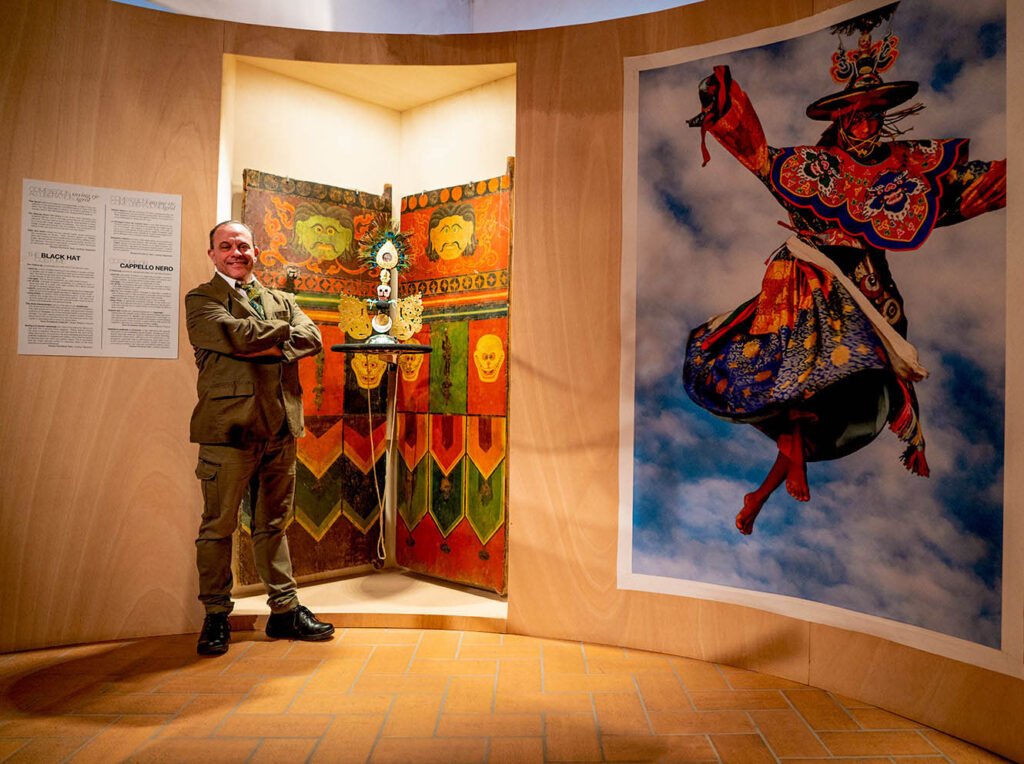Meditation in Motion, Footprints to the Sublime
Museo di Arte e Cultura Orientale, Arcidosso, Italy
September 27, 2019, through May 31, 2020
https://www.macomuseum.org/
The exhibit goes further, to represent the Tibetan Dzogchen Master Chogyal Namkhai Norbu, who has continued this ancient visionary tradition in the West through his Vajra Dances, which were transmitted to him in a series of lucid dreams received during the 1990s, and have taken root in communities across the globe.
The exhibition concludes with an overview of the Khaita Joyful Dances project also created by Chogyal Namkhai Norbu. “Khaita” means “Harmony in Space”. “Kha” means “space or sky”. “Ta” means “melody”.
Come see the range of dances in Tibet’s spiritual and secular traditions, and experience dance as a meditative yoga.

